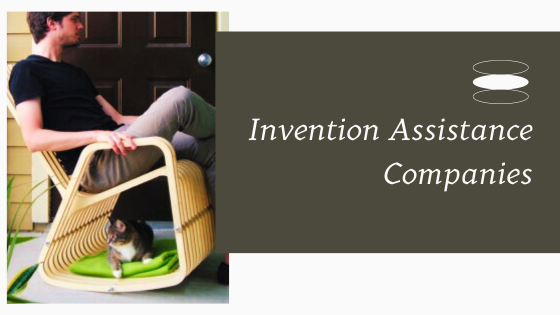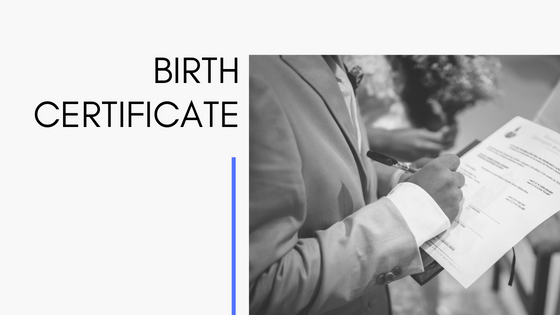How InventHelp Can Help Inventors on Licensing Expo
The Licensing Expo is a premier event in the licensing industry that not only provides a platform for professionals to network and build relationships but also connects attendees with key resources and partners that can help propel their projects forward. One such pivotal player in the industry is InventHelp, a leading invention submission company that specializes in connecting inventors with potential licensing partners and manufacturers.
InventHelp’s Impact on the Licensing Expo
How InventHelp changed the invention game during this year’s Licensing Expo demonstrates their commitment to revolutionizing the way inventors bring their ideas to market. The partnership between the Licensing Expo and InventHelp showcases the transformative impact of strategic collaboration and industry expertise in empowering inventors and entrepreneurs to achieve their licensing goals.
A significant advantage of attending the Licensing Expo is the opportunity to interact with companies like InventHelp, which offer specialized services to inventors seeking licensing opportunities for their creations. With a dedicated team of experts and a vast network of industry contacts, InventHelp can help inventors navigate the complex licensing landscape and connect them with the right partners to bring their inventions to market.

Enhancing Networking Opportunities at the Expo
By partnering with companies like InventHelp, attendees at the Licensing Expo gain access to invaluable resources and guidance that can enhance their networking efforts and increase their chances of securing lucrative licensing deals. InventHelp’s presence at the Licensing Expo further enriches the networking experience for attendees by offering expert advice, industry insights, and tailored support to inventors looking to showcase their innovations to potential partners.
Through InventHelp’s participation in the Expo, inventors have the opportunity to gain exposure, receive feedback on their inventions, and explore licensing opportunities with established companies in the industry. The collaboration between the Licensing Expo and companies like InventHelp creates a synergistic environment that fosters innovation, collaboration, and growth within the licensing industry.
The Value of Strategic Partnerships in Licensing
Moreover, InventHelp’s participation in the Licensing Expo underscores the importance of strategic partnerships and collaborations in driving success within the licensing industry. By leveraging the expertise and resources of companies like InventHelp, attendees at the Expo can enhance their networking efforts, expand their reach, and increase their visibility among key industry players.
Whether through one-on-one consultations, informational sessions, or networking events, InventHelp invention company plays a crucial role in supporting inventors and entrepreneurs in their quest to secure licensing agreements and bring their inventions to market.
In Conclusion
The Licensing Expo serves as a hub for networking and relationship-building within the licensing industry, offering attendees a wealth of opportunities to connect, collaborate, and innovate. With the support of companies like InventHelp, inventors can navigate the complexities of the licensing process, access valuable resources, and forge meaningful partnerships that drive their projects forward. Through a combination of in-person interactions, online networking tools, and expert guidance from industry professionals, the Licensing Expo and companies like InventHelp empower participants to unlock new opportunities, expand their networks, and achieve success in the dynamic world of licensing.



















